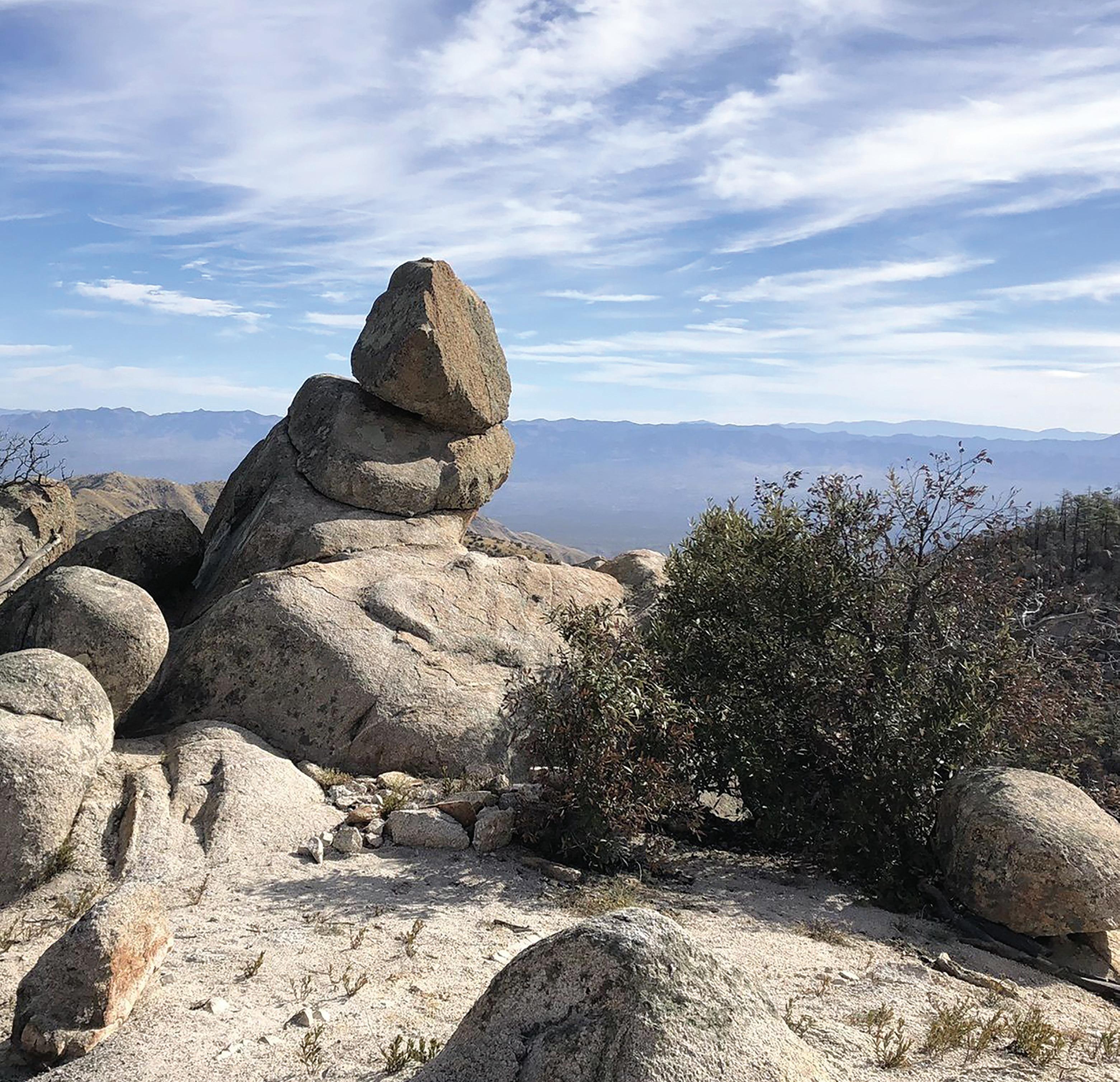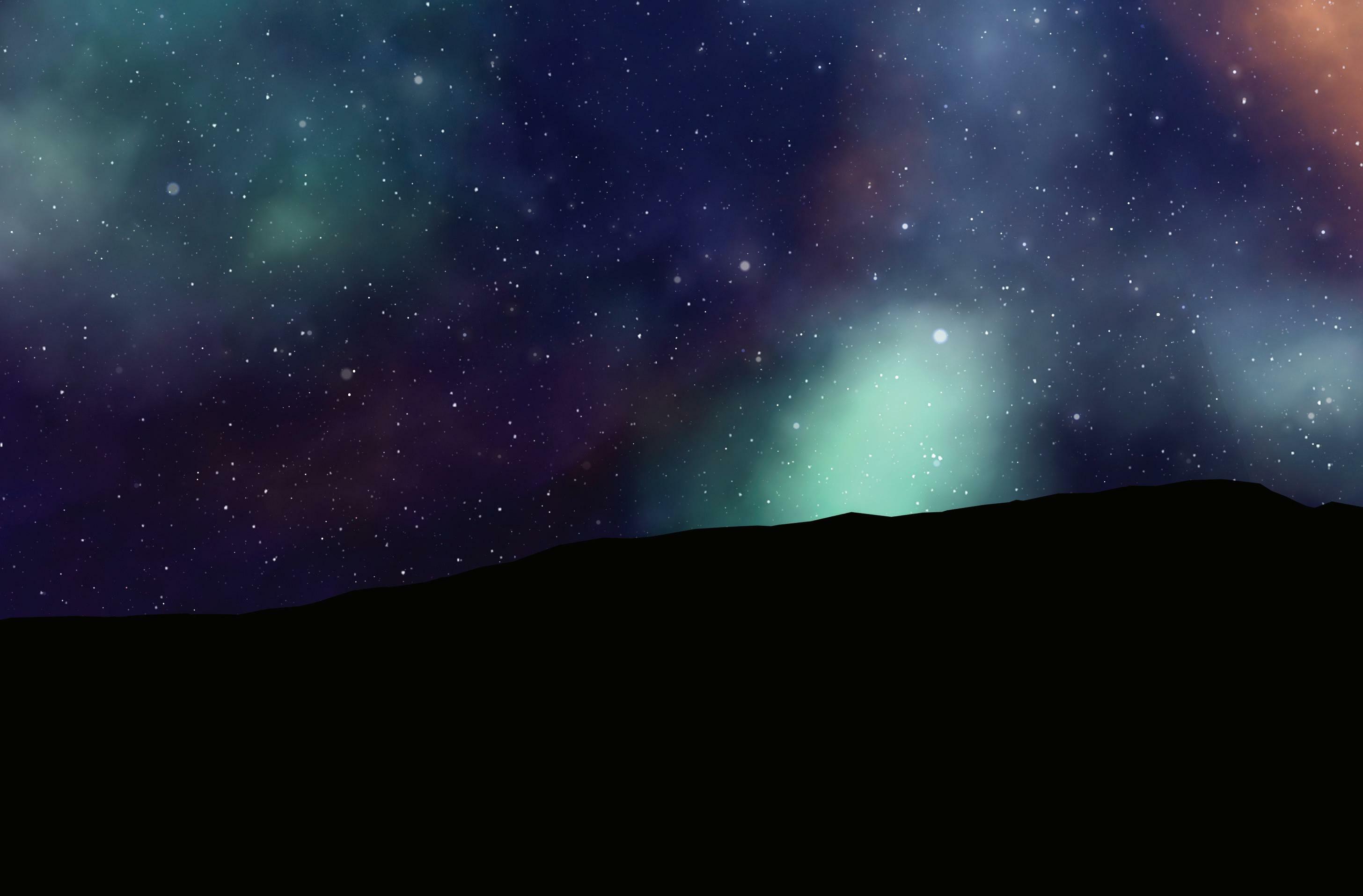
2 minute read
HIKE ARIZONA: GREEN MOUNTAIN TRAIL
GREEN MOUNTAIN TRAIL
Route Type: Out & back • Distance: 8.8 miles • Elevation: 2,575 ft • Difficulty: Hard
Due to the rising temperatures in Tucson, head up towards Mt. Lemmon to enjoy cooler weather and get in some hiking. This trail is for experienced hikers. The Green Mountain Trail is an 8.8 mile out and back trail. It typically takes about 5.5 hours to complete. Dogs are welcome, but must be kept on a leash. Most of the trail goes through the Bighorn Fire Scar. The Bighorn Fire started on June 5, 2020. Although devastating, the regrowth is just beautiful. The trail was minimally affected, but you may still see charred debri. Before exploring this hiking trail be sure to check weather updates, so you won’t be in the middle of a monsoon storm. While the temperatures are drastically cooler in the higher elevation, be sure to take plenty of water and a snack. Always be aware of your surroundings and look out for wildlife.
Getting there: Drive East on Speedway (5.0 miles) Left on Wilmot and continue to Tanque Verde (4.3 miles) Left on Catalina Highway (16.1 miles) Signs will help you find the turn into this trailhead- it is located across from the Chihuahua Pine Picnic Area (up-mountain from the Middle Bear Picnic Area and downmountain from the General Hitchcock Campground)
JULY
Night Sky
JULY 13 - FULL MOON, SUPERMOON. The Moon will be located on the opposite side of the Earth as the Sun and its face will be fully illuminated. This phase occurs at 18:38 UTC. This full moon was known by early Native American tribes as the Buck Moon because the male buck deer would begin to grow their new antlers at this time of year. This moon has also been known as the Thunder Moon and the Hay Moon. This is also the second of three supermoons for 2022. The Moon will be near its closest approach to the Earth and may look slightly larger and brighter than usual.
JULY 28 - MERCURY AT GREATEST WESTERN ELONGATION. The Moon will be located on the same side of the Earth as the Sun and will not be visible in the night sky. This phase occurs at 17:55 UTC. This is the best time of the month to observe faint objects such as galaxies and star clusters because there is no moonlight to interfere.

JULY 28, 29 - DELTA AQUARIDS METEOR SHOWER. The Delta Aquarids is an average shower that can produce up to 20 meteors per hour at its peak. It is produced by debris left behind by comets Marsden and Kracht. The shower runs annually from July 12 to August 23. It peaks this year on the night of July 28 and morning of July 29. This is a great year for this shower because the new moon means dark skies for what should be an excellent show. Best viewing will be from a dark location after midnight. Meteors will radiate from the constellation Aquarius, but can appear anywhere in the sky.







